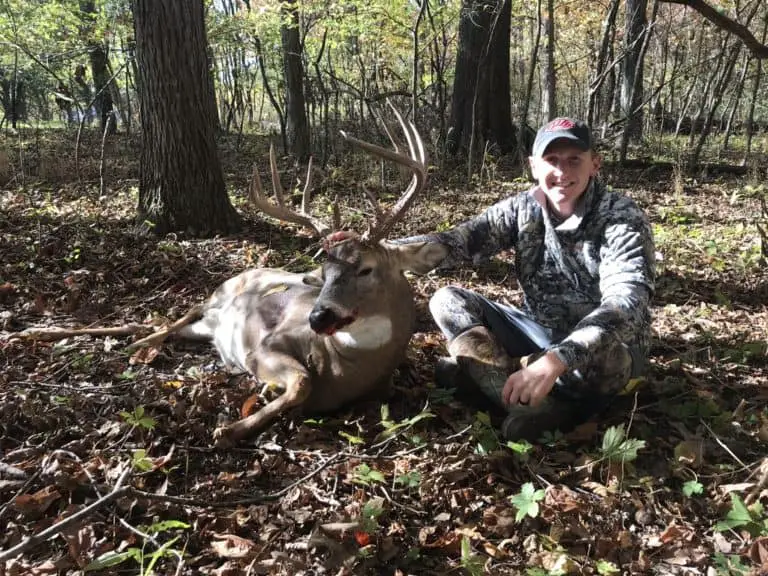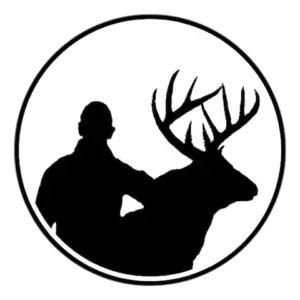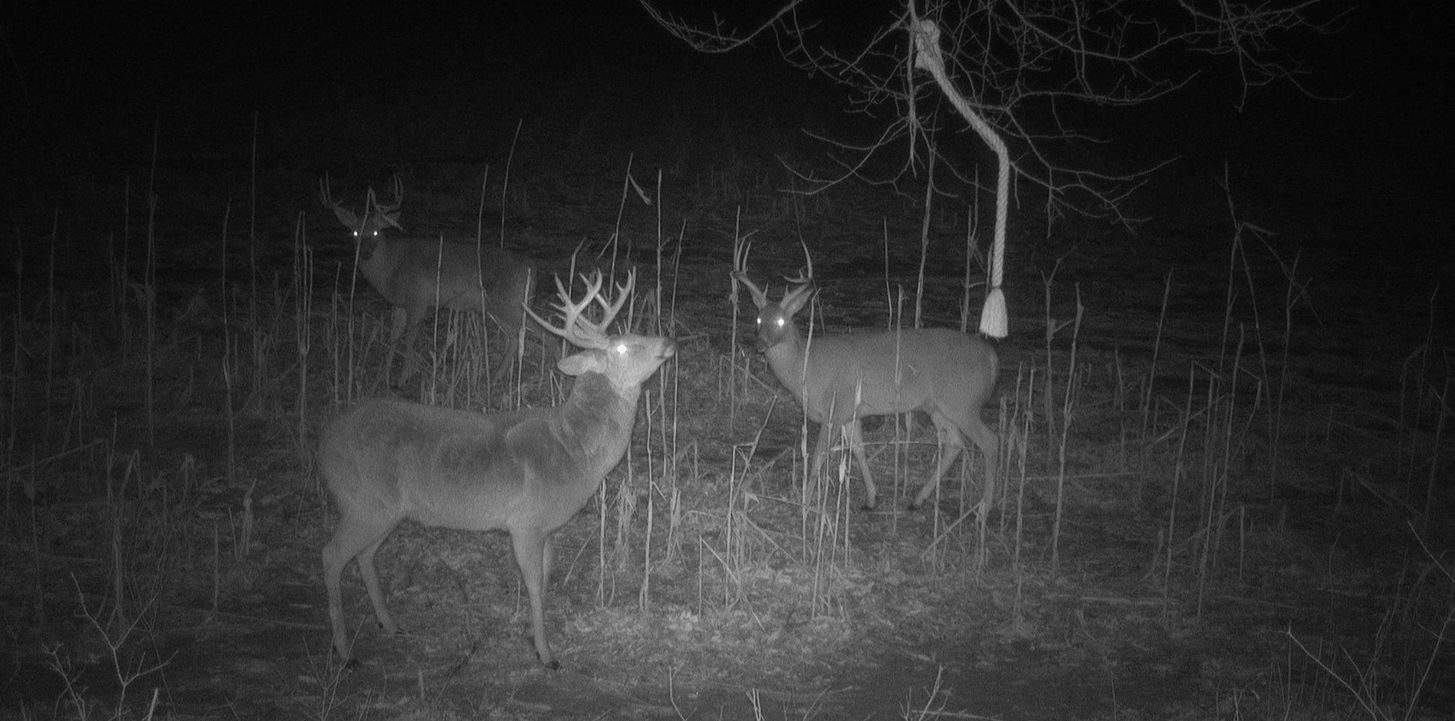Over the past several years many universities and state agencies have conducted GPS radio collar studies of deer movement. As a hunter, I have found this information very helpful in understanding the daily movements of deer better. After reading these studies and listening to biologists talk about them on podcasts, this is what we know about deer activity at night.
Deer are more active at night than they are during the day. Additionally, they move greater distances at night than during the day. GPS radio collar studies conducted by MSU have concluded that deer movement patterns change throughout the year due to various factors such as temperature, breeding, and hunting pressure. However, deer are still more active during the night than the are during the day regardless of the time of year.
Even though deer move most at night, there is good news for hunters. The information that we have learned from these studies have taught us a lot about how hunters can be more successful at killing deer and mature bucks. Let’s dive deeper into that.
Radio collar studies have been great tools for understanding the times of day that deer move most during daylight hours. Additionally, crowd-source experiments like the one that Wisconsin DNR conducted, helped confirm when we should be spending our time hunting deer. This crowd-source study analyzed millions of trail camera photos that volunteers sent in. Yes, I said millions! All this data came to one very clear conclusion, deer move most at the times around dawn and dusk. So, what time should you go deer hunting?
The best times of day to go deer hunting are from dawn to 10am and from 2pm to dusk. These are the best times to hunt based on several studies of daily deer movements. The time of day that deer are least likely to move is between 10am and 2pm. However, deer move at all times of day and can be successfully hunted at any time during daylight hours. Lastly, the time of year in and around the rut has deer moving much more frequently during daylight hours. Hunters should spend most of their time hunting during the rut if they want to see the most deer activity possible.
Movement patterns can shift based on several factors. Some of these factors you can control and some of them you can’t. For example, deer are more likely to move around when temperature levels drop. Deer also move more during the breeding season. These two factors are out of your control since you can’t control the weather or a deer’s estrus cycle. However, there are a few things in your control that can either increase or decrease the probability of daylight deer movement on your property.
Deer movement patterns can change based on the resources available to them at different times of year. Therefore, offering deer food sources that peak in attraction throughout the hunting season will increase your odds of seeing deer move on your property throughout the entire hunting season.
Deer also move less during daylight hours when predators are pressuring them during the daytime. With that being said, your hunting pressure on the deer can impact how often they move on your property. The better you are at hunting deer without them hearing, seeing, or smelling you the more likely they are to feel safe and move during daylight hours on your property. Learn how to make deer feel safe.
Are deer more active in the morning or evening
Now that we know to hunt around dawn and dusk, you might be wondering if evenings are better than mornings for seeing deer. Well, this is what we learned.
GPS deer movement studies suggest that deer are more active, and move further distances, during the evenings as opposed to the mornings. However, the difference between morning and evening movement isn’t very drastic and the times of dawn and dusk both have high levels of deer activity. The movement patterns of deer shift throughout the year based on several factors such as weather, the rut, and food source availability. Therefore, even though evenings tend to have better odds for seeing deer, there are other factors to consider that might make morning hunts better.
For example, mature bucks tend to be in their bedrooms before sunrise, especially if there is hunting pressure in the area. However, when breeding is taking place bucks are moving much more than normal. Breeding will push them to move at times when they typically don’t move, and they will travel to places where they usually don’t spend most of their time.
From my experiences hunting deer for several years, what I have learned through my observations and trail cameras is that mature bucks should be hunted primarily in the evenings outside of the pre-rut, rut, and post-rut. However, not all properties are created equal, and some individual bucks have patterns and personalities that don’t resemble typical mature buck behavior. Therefore, you can still see success hunting mornings based on your specific situation.
Does a buck know he is being hunted? If so, he is going to be very hard to kill in most cases. Therefore, if the time of year is not the pre-rut, rut, or post-rut you should avoid hunting mornings in most cases. You don’t want to start hunting a mature buck, and potentially educate him, before he is even walking around during daylight hours.
Another point I want to bring up regarding the time of day you should go hunting, is how your hunting property is laid out. Some properties and stand locations can be hunted effectively at all times of the hunting season, including mornings and evening. However, these stand locations are not very easy to find naturally. Therefore, we typically need to create them ourselves. Click here to learn more about how to set up a property for deer hunting.
Lastly, even though everything I have said so far suggests to hunt in the mornings and evening, deer are still moving at all times during the day. When the rut is on, the more time you spend in the stand the better your odds will be of see a target buck. I have shot several bucks during the middle of the day and so can you. However, expect movement to be slower than normal if you plan to hunt during the middle of the day.

Conclusion
Deer are more active during darkness and will travel longer distances at night. On the flip side, they are least active during the middle of the day (10am – 2pm). However, the hours surrounding dawn and dusk are the most active parts of the day for deer movement, so hunters should prioritize the timing of their hunts around that time. Hunting at times between dawn to 10am and from 2pm to dusk will offer the best odds of seeing deer movement. When it comes to comparing evening vs. morning hunting, evenings tend to be better. With all this being said, movement behavior and patterns can vary from deer to deer, property to property, and will shift over time based on the time of year, weather, and hunting pressure.




